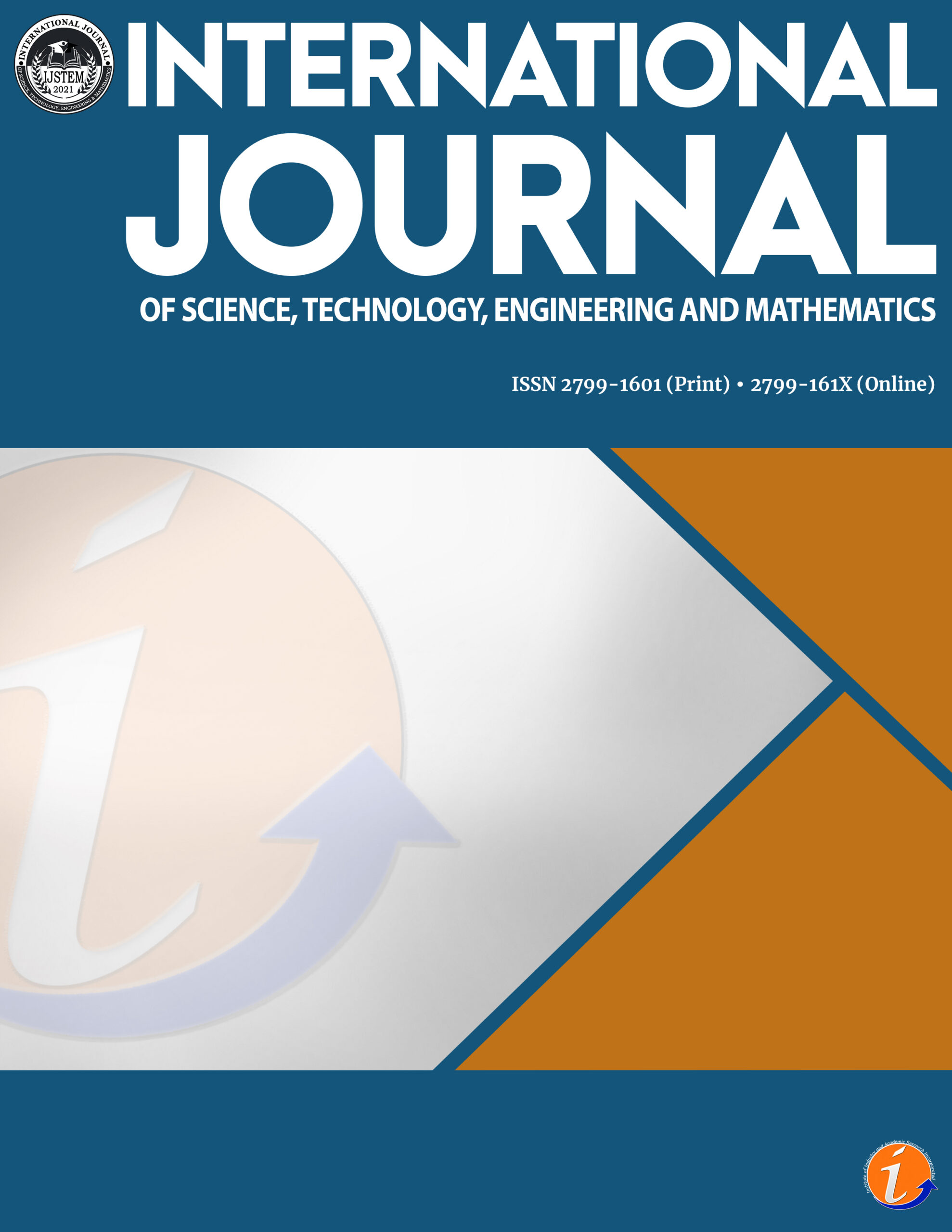This explanatory sequential mixed-method research proposes an investigation on the implementation of Robotics course at the Information and Communication Technology High School. Data were generated from relatable knowledge and experiences of the student-participants. The quantitative findings illustrated that it is highly evident amongst students to be able to articulate the standards of the competencies prescribed in the Robotics curriculum and instruction. A highly evident result in the adherence of Robotics to the framework of 21st Century Learning was also registered and thus translates into the relevance and responsiveness of the course in the 21st Century Education frontline. Meanwhile, ten (10) student-participants explicitly described the contribution of Robotics in the pursuit of the 4Cs of education. The qualitative part validated the upshot of the quantitative section. Findings highlight the significance of Robotics in the pursuit of 21st century skills that underscore enhanced ICT skills, focused life-long learning skills, increased knowledge creation, developed creativity skills, enriched critical thinking skills, improved collaborative skills, progressed communication skills, human challenges, and physical barriers. The offering of Robotics in ICTHS has made significant impact on the overall concepts and skills of the students in technology, thus making them life-long learners. However, adjustment in terms of instruction and acquisition of additional state-of-the-art robotics kits were found to be indispensable in the continuous progress of the program.
robotics, 21st century education, mixed-method research, 4Cs
Teacher, Department of Education – Division of City of San Fernando, Pampanga
ACER for Education, (2017). How Robotics Improves Education at School https://acerforeducation.acer.com/innovative-technologies/how-robotics-improves-education-at-school/.
Arlegui, J., Fava, N., Menegatti, E., Monfalcon, S., Moro, M., & Pina, A. (2008). Robotics at primary and secondary education levels: Technology, methodology, curriculum and science. In the Proceedings of the 3rd International Conference ISSEP, Toruñ, Poland.
Berkeley Center for Teaching and Learning (2017) – https://teaching.berkeley.edu/course-evaluations-question-bank
Catlin, D. (2019). Beyond Coding: Back to the Future with Education Robots//in Smart Learning with Educational Robotics – Using Robots to Scaffold Learning Outcomes. Ed. L.Daniela, Springer ISBN 978-3-030-19912-8
Churches A, (2007). Edorigami, blooms taxonomy and digital approaches.
Creswell, J. W., (2009). Research Designs: Qualitative, Quantitative and Mixed Methods Approaches, 2nd Edition. University of Nebraska-Lincoln, Sage Publications
Creswell, J.W. (1998). Qualitative inquiry and research design: Choosing among five traditions, London: Sage.
Daniela, L., Lytras, M.D., (2018). Educational robotics for inclusive education//Technology, Knowledge and Learning, pp 1-7, DOI: 10.1007/s10758-018-9397-5
David F.P. (2005). Understanding and doing research: A handbook for beginners. Iloilo City: Social Science Institute, CPU
Davis, B., Sumara, D., Luce-Kapler, R. (2008). Engaging minds: Changing teaching in complex times. (2nd ed.). New York, New York: Taylor & Francis.
Demetriou, G. A. (2011). Mobile robotics in education and research. In Z. Gacovski (Ed), Mobile Robots – Current Trends (pp.27-48). Croatia: InTech
Doerschuk, P., Bahrim, C., Daniel, J., Kruger, J., Mann, J., & Martin, C. (2016). Closing the gaps and filling the STEM pipeline: A multidisciplinary approach. Journal of Science Education and Technology, 1-14. https://doi.org/10.1007/s10956-016-9622-8
Educational Robotics eMedia (2018). eMedia (MEdia literacy and DIgital citizenship for All) is an Erasmus+ project (2018-1-FR01-KA201-048117) https://all-digital.org/
English, L. D. (2016). STEM education K-12: Perspectives on integration. International Journal of STEM Education, 3(1), 1-8. https://doi.org/10.1186/s40594-016-0036-1
Frankel, J.R., Wallen N.E., & Hyun, H.H. (2012). How to design and evaluate research in education (8Th edition). New York, NY: Mc Graw Hill Companies, Inc.
García-Penalvo, F. J., Reimann, D., Tuul, M., Rees, A., & Jormanainen, I. (2016). ~ An overview of the most relevant literature on coding and computational thinking with emphasis on the relevant issues for teachers. In. Belgium.
Hussain, S., Lindh, J., & Shukur, G. (2006). The effect of LEGO training on pupils’ school performance in mathematics, problem solving ability and attitude: Swedish data. Educational Technology & Society, 9(3), 182-194. Institute of museum and library services, (n.d.). 21st century skills definitions.
International Labour Organization (2016). ASEAN in transformation: How technology is changing jobs and enterprises. Geneva, ILO. http://www.ilo.org/
Khanlari, A. (2013). Students’ perception of the effects of educational technology on their learning and characteristics. International Journal of Science and Applied Information Technology (IJSAIT), 2(2), 58-61. Retrieved from http://warse.org/pdfs/2018/icet4esp10.pdf
Kvale, S. (1996). InterViews—An introduction to qualitative research interviewing. Thousand Oaks, CA: Sage
Mercado, C. M. (2006). A new approach to thesis writing: Simplifying social research. Quezon City, Philippines: Development Center for Asia Africa Pacific (DCAAP).
Nugent, G., Barker, B., Grandgenett, N., & Adamchuck, V. (2010). Impact of robotics and geospatial technology interventions on youth STEM learning and attitudes. Journal of Research on Technology in Education, 42(4), 391- 408.
Nugent, G., Barker, B., Grandgenett, N., & Welch, G. (2016). Robotics camps, clubs, and competitions: Results from a US robotics project. Robotics and Autonomous Systems, 75, Part B, 686-691. https://doi.org/10.1016/j.robot.2015.07.011
Owen-Hill, (2016). 10 Essential Skills That All Good Roboticists Should Have – https://blog.robotiq.com/10-essential-skills-that-all-good-roboticists-have
Owen-Hill, (2017). What’s the Difference Between Robotics and Artificial Intelligence? https://blog.robotiq.com/whats-the-difference-between-robotics-and-artificial-intelligence
Phuapan, P., Viriyavejakul, C., Pimdee, P. (2016). An Analysis of Digital Literacy Skills among Thai University Seniors. International Journal Of Emerging Technologies In Learning, 11(3), 24-31.
Rihtaršič, D., Avsec, S., & Kocijancic, S. (2016). Experiential learning of electronics subject matter in middle school robotics courses. International Journal of Technology and Design Education, 26(2), 205-224. https://doi.org/10.1007/s10798-015-9310-7
Sullivan, F. R., & Heffernan, J. (2016). Robotic construction kits as computational manipulatives for learning in the STEM disciplines. Journal of Research on Technology in Education, 48(2), 105-128. 10.1080/15391523.2016.1146563
World Economic Forum (2016). The future of jobs: Employment, skills and workforce strategy for the fourth industrial revolution. Geneva, WEF.
Cite this article:
Agapito, L.G. (2021). Exploring the exploits on the instructional conveyance of robotics course to the 4Cs of 21st century education. International Journal of ICT & Education, 2(1), 1-18. https://doi.org/10.53378/346471
License:
![]()
This work is licensed under a Creative Commons Attribution (CC BY 4.0) International License.










